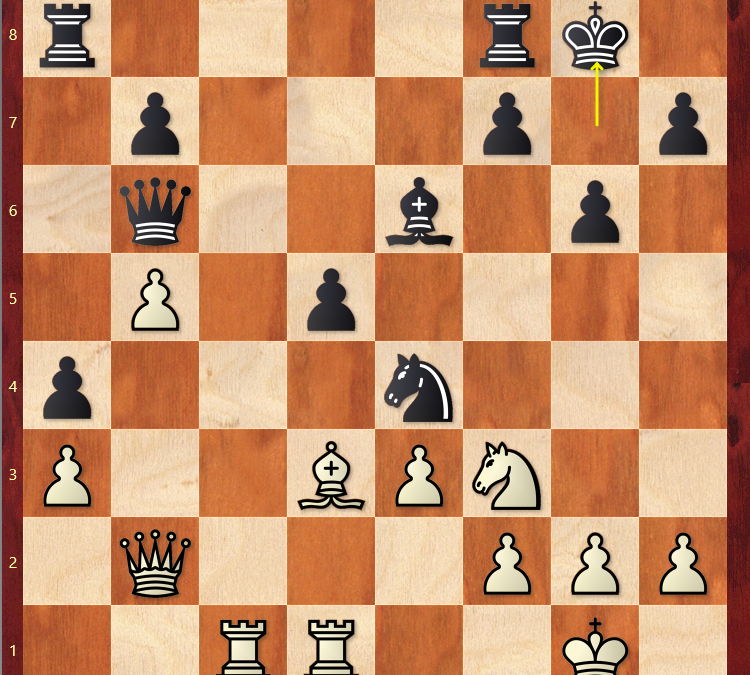Strategic Exchanges
Below we explore the topic of strategic exchanges, with an emphasis on creating a weak colour complex.
How can white exploit the weak dark squares in the opponent’s camp?
Exchanges as Critical Moments
Every exchange results in a permanent change in the position, as the pieces cannot come back onto the board. As the effects of an exchange cannot be undone, each exchange is a critical moment, and should be considered carefully. This means that you should only exchange when it achieves something specific and concrete. If not, it is better to maintain the tension and leave the pieces on the board.
Exchanges and a Weak Colour Complex
Below are three examples of exchanges which achieve a concrete goal: creating and exploiting a weak colour complex in the opponent’s camp.
Marshall – Mieses, Cambridge Springs 1904
Marshall employed an interesting exchange to increase his dark square control in his victory over Mieses at Camrbdige Springs 1904.
Vidmar – Burn, San Sebastian 1911
Vidmar demonstrated the power of exchanging a bishop for a knight to take control of a particular colour complex in his victory over Burn at San Sebastian 1911.
Maroczy – Alekhine, New York 1924
Alekhine exchanged off white’s dark squared bishop to further weaken white’s dark squares, leaving the central king even more vulnerable, in his victory over Marcozy at New York 1924.
The lesson is clear: exchanges are only a good idea if they achieve something specific to improve your position. If not, it’s better to maintain the tension.
For more resources to improve your game, remember to join the Elite Chess group at chesstribe.com!
If you have read this far, that means you’re interested in getting better at chess. You deserve to improve your chess skills. We want to help you do that. Click here to receive our FREE weekly newsletter: https://elitechess.co/shop/my-account/


Recent Comments